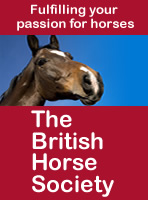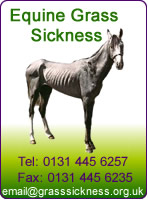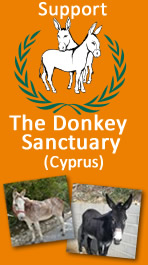
Horseytalk.net/Hoofbeat EXCLUSIVE
RIDER RIGHTS

Riders fear the future of Padworth Common
will not be a pretty picture
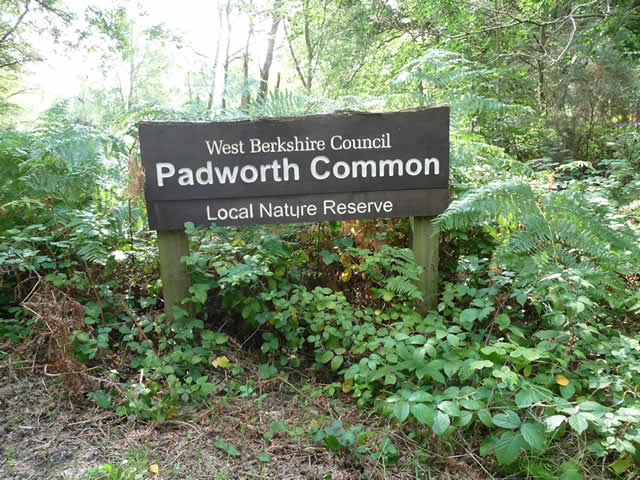
Try as she may, Adeliza Cooper cannot paint a pretty picture of what the future holds for Padworth Common, a Local Nature Reserve and Wildlife Heritage Site covering about 28 hectares in central Berkshire on the Hampshire border between Tadley and Burghfield and managed by West Berkshire Council.
She should know. For not only has she been riding on the Common for over 45-years, she is a great- great-great-great grand-daughter of J.H.Mole, a famous Victorian landscape painter, a water-colourist in her own right and recently she was chosen to be hung by the Royal Society for Painters in Water-colours for their summer exhibition at the Bankside gallery London. Her painting of Padworth Common sold immediately.
Click here to see some of her paintings
“It’s bleak,” she says. “More Edvard Munch’s The Scream than Monet’s Waterlilies.”
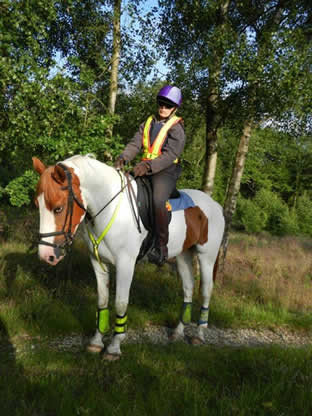 The reason: West Berkshire Council want to graze the area with – Wait for it –a loose herd of wild horses. And grazing, of course, means fencing and no end of bridleway gates, dangerous to both horse and rider.
The reason: West Berkshire Council want to graze the area with – Wait for it –a loose herd of wild horses. And grazing, of course, means fencing and no end of bridleway gates, dangerous to both horse and rider.
As befits an artist, Adeliza, a 48-year-old mother of two, who first started riding on the Common when she was three-years-old, paints the background picture.
Adeliza - great- great-great-great grand-daughter of J.H.Mole, a famous Victorian landscape painter >>
“West Berkshire Council first proposed fencing the Common in 1995. They wanted to put cattle on it to graze the land. They even suggested barbed wire fencing to control the cattle. Local riders weren’t even consulted. The Planning Inspector, however, threw the whole thing out.
“In 2000 they were back again. Same thing. Same proposals. This time there was more public protest. Again, it was thrown out.
“In 2010 they were back again. Except this time they’ve discovered a rare butterfly habitat on a tiny part of the Common, which they say, needs protection. But still there was no regard for walkers or riders.
“Now they are back again.”
Click here for maps of the common
Having painted the background picture, Adeliza now adds the detail.
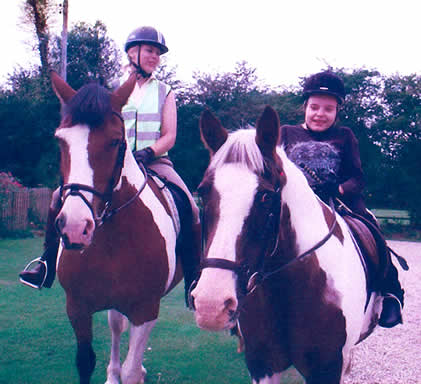 “The whole proposal is dangerous,” she says. “The common has been there since Medieval times. There are four livery yards in the area, a big dressage training centre and over 100 riders of all ages, some in their 70’s.
“The whole proposal is dangerous,” she says. “The common has been there since Medieval times. There are four livery yards in the area, a big dressage training centre and over 100 riders of all ages, some in their 70’s.
<< Mother and daughter
“Why should the Common be enclosed? It should remain Open Plan. Anything else would be an abomination. If it is enclosed it will be nothing but fencing and gates. The Council are not just saying they want to fence the outer perimeter. They are saying they also want to fence either side of the bridleways that run across the Common. Can you imagine? They’ll be fences everywhere. It will look, apart from the aesthetic ugliness and horror of the mish-mash, like a maze.
“Worse still, there’ll be gates into and out of all of the fenced bridleway sections. If just the bridleways are fenced then there won’t be space for horses to pass each other let alone for horses to safely pass walkers and dogs. And then on the other side of the fence there will be all these wild horses running up and down loose along the fences. What’s going to happen? Riders are going to be forced to use the roads. The roads are already dangerous. There’s too much traffic. More often than not, they’re driving too fast. There are going to be accidents. Lives are going to be lost. It’s going to be dangerous for everyone concerned.
“Then there is the question of grazing. The Council say they want to graze the land to keep the grass down and to control the birch trees. But the case for grazing has not been proved. There are so many examples where grazing has been introduced on common land without any real proof that it works. In fact, in many cases it has left the land worse than it was before it was introduced.
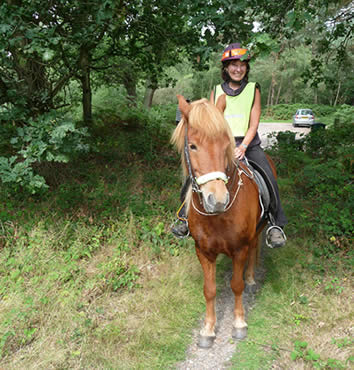 “And, of course, there is the whole question of costs. The costs are going to be enormous. Is this something we should be doing at this time?”
“And, of course, there is the whole question of costs. The costs are going to be enormous. Is this something we should be doing at this time?”
Adeliza is also concerned about access for disabled people both in wheelchairs and on horseback. . Her own daughter, Elinor, aged 21, suffers from a condition called nuerofibromatosis type 1. She is currently at university studying illustration and likes to come onto the common to gain inspiration for her work and take photographs. She has just passed her grade 4 proficiency RDA test.
A local rider >>
Elinor would not like to see the common fenced because, she says, “It would make the common unattractive. Disabled access would become impossible. Disabled horse riders – There is a RDA group down the road - have not been consulted. Walkers as well as riders will lose access to certain parts of the common. New outside visitors will be put off from visiting when they see all the fencing.”
Now a large group of walkers, riders, and countryside lovers are joining the campaign to stop the proposed fencing by West Berkshire Council for Padworth Common.
They have all:-
- lobbied the Council.
- argued the case with the The Planning Inspectorate.
- launching a public petition against the Council’s plan.
- planning to form an official protest group to put the case to the Council.
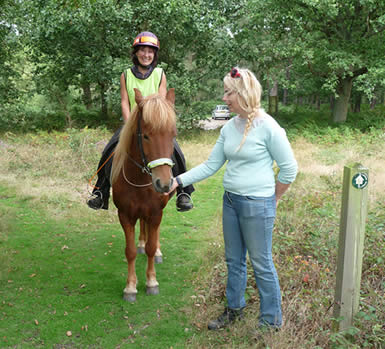 Says Adeliza,
Says Adeliza,
Adeliza talks to a local rider >>
“I am sure when the land was donated to the local community not to West Berkshire Council by the local vicar all those years ago, he did not envisage it being enclosed, segregated and made accessible only to a few. Why should we be dictated to by so-called environmentalists, who insist they and not the local people know best?” When clearly environmental issues and access by legitimate users need not be clashing issues and the two can be managed.”
Read Adeliza’s letters to
The Planning Inspectorate
First Letter
Second Letter
Says Margo Smith
Myself and other local riders are very concerned about West Berkshire Council's proposal to fence both the north and south sides of the common so that they can implement a grazing programme using cattle and ponies. We believe this will have a significant negative impact on horseriders using the common. The British Horse Society access representitives are actively involved and share our concerns. We are keen to contact other horse riders as a higher number of objections gives greater weight to the case against.
I will try to summarise the history and current position.
Firstly the procedure for fencing a common is as follows: The landowner / manager submits an application to The Planning Inspectorate. As part of the application process certain statutory bodies have to be consulted and also a public consultation period has to be publicsed. The Planning Inspectorate will then look at the evidence 'for' and 'against' and if there is a case against, an independant inspector will be appointed to decide the application. A public hearing or a public inquiry may be held as part of the inspectors investigation.
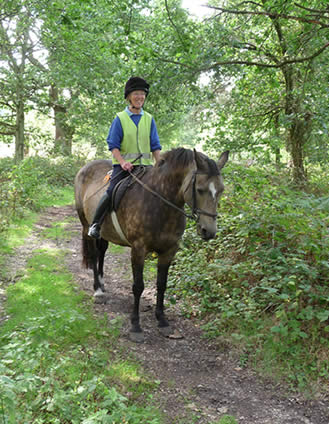 WBC (West Berkshire Council) made an application to fence the common in April
2010. The BHS, myself and a few other riders objected and PINS (Planning Inspectorate)
advised that an Inspector would be appointed to decide the case and a public
hearing held. At this point WBC withdrew the application - that was in May
this year.
WBC (West Berkshire Council) made an application to fence the common in April
2010. The BHS, myself and a few other riders objected and PINS (Planning Inspectorate)
advised that an Inspector would be appointed to decide the case and a public
hearing held. At this point WBC withdrew the application - that was in May
this year.
<< A local rider
In June WBC put notices up on the common advertising a meeting with users on 31 july and advising that they intend to submit another application towards the end of September.
Padworth Common is defined by DEFRA as a Section 15 common. Section 15 commons have higher access rights for users - and both walkers and horseriders may walk and ride anywhere on the common. Not many riders are aware of this and WBC have tried hard to discourage access in the past , but they did accept this right in the application that was withdrawn in May this year - by acknowledging in writing to PINS that horseriders may access all parts of the common and proposing to fit bridle gates to all entrances. However they intend to dispute this access right in the new application which basically means that with the exception of the 'permitted bridleway' running parallel to the road, the whole of the south side of the common will be fenced off from riders. The south side is actually quite nice to ride in with a reasonable circular route around it so we are due to lose quite a reasonable riding area. The north side will also be 'out of bounds' although WBC will find that harder to control as the bridleway runs straight through it. WBC are basing their argument on the interpretation of a local byelaw but it is certainly not clear cut. Our BHS area rep, having spoken to a commons expert, strongly believes they are incorrect and is looking into the legal aspect and hoping to obtain a formal specialist legal opinion. Feedback from an independent barrister indicates that WBC's case is weak - and they argue that WBC are interpreting the byelaw incorrectly. We believe that WBC are taking this course of action in an attempt to minimise the number of objections to the proposal.
Although the two 'permitted bridleways' will be outside of the common, anyone rider wishing to use the bridleway running from Rectory road to Rag Hill will need to negotiate gates. These will be relatively narrow (less than 2 metres wide) and self closing.
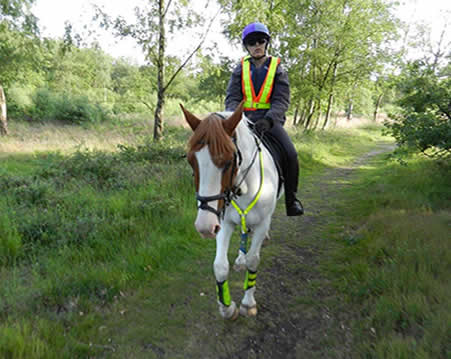 From talking to the BHS and searching on line, other riders are finding these
difficult to negotiate mounted as there is a a real risk of the gate slamming
shut on the horses quarters.
From talking to the BHS and searching on line, other riders are finding these
difficult to negotiate mounted as there is a a real risk of the gate slamming
shut on the horses quarters.
Adeliza enjoying the common>>
Some riders have reported that gates can travel from 90 degrees open to shut in 2 seconds..... I have been told that incidents involving self closing gates have been reported on the new BHS accident website. Of course riders can dismount, lead their horse through and remount - but that does assume that we can all easily mount from the ground. So potentially older riders, or those on big horses or fizzy youngsters and also riders with children on lead rein will find this restrictive. In additon some horses hate cattle or feral ponies, and whereas on a large open common it would be easy to see the grazing groups and avoid them, Padworth is much smaller and overgrown. Although I appreciate that many riders from the Croft probably just use the permitted bridleways to link up with Rectory Road and then the bridle path by Jubilee Nursery to get a circular riding route, you may be interested in the ability to ride freely on both the north and south commons.
Neither myself or any of the riders I have spoken to are against conservation of the common and appreciate the environmental perspective - but the Legal Acts defining commons clearly state that the prime purpose of common land is for recreational exercise of people (not nature conservation) and the Acts were put in place to protect and secure that right. This is recognised by PINS and although many commons have been fenced, Inspectors have refused fencing applications on larger commons than Padworth where they feel fencing would have a negative impact on access. So it really does depend on whether users make their case ! Although grazing is extremely useful if managed properly, land can be managed manually and Padworth is potentially small enough for this to be possible.
Although personally I can get on and off my pony and so negotiate any gates that may be difficult to use mounted, the real issue for me is WBC deliberately choosing to remove valuable, safe off road riding - and that is why I am getting involved.



